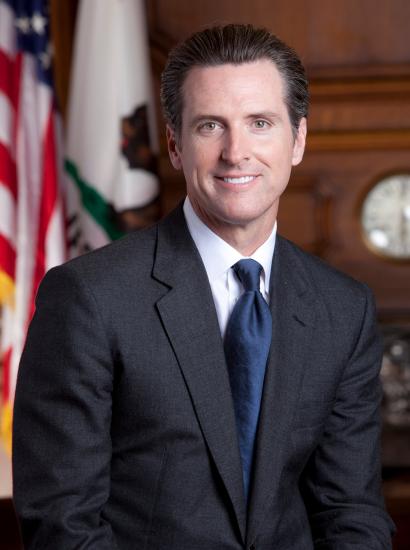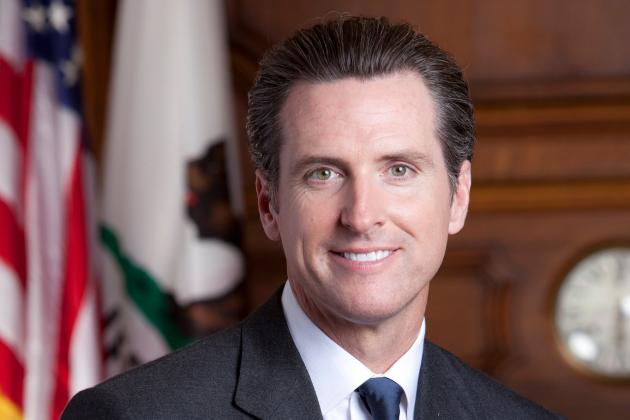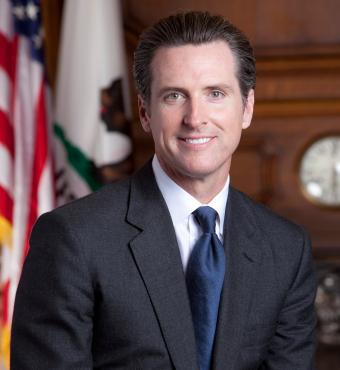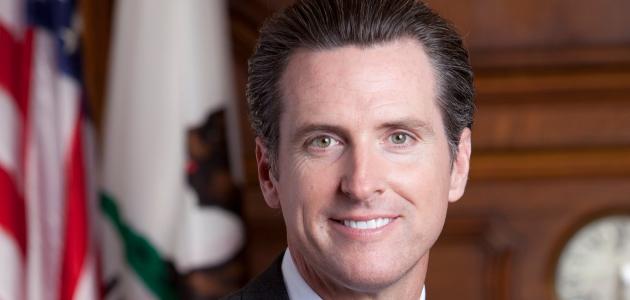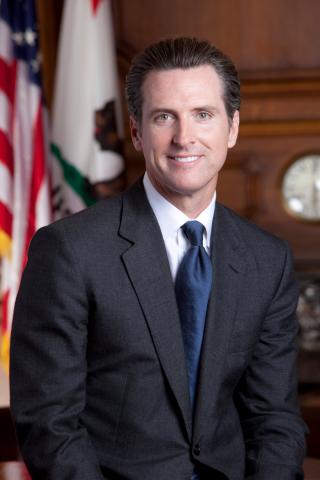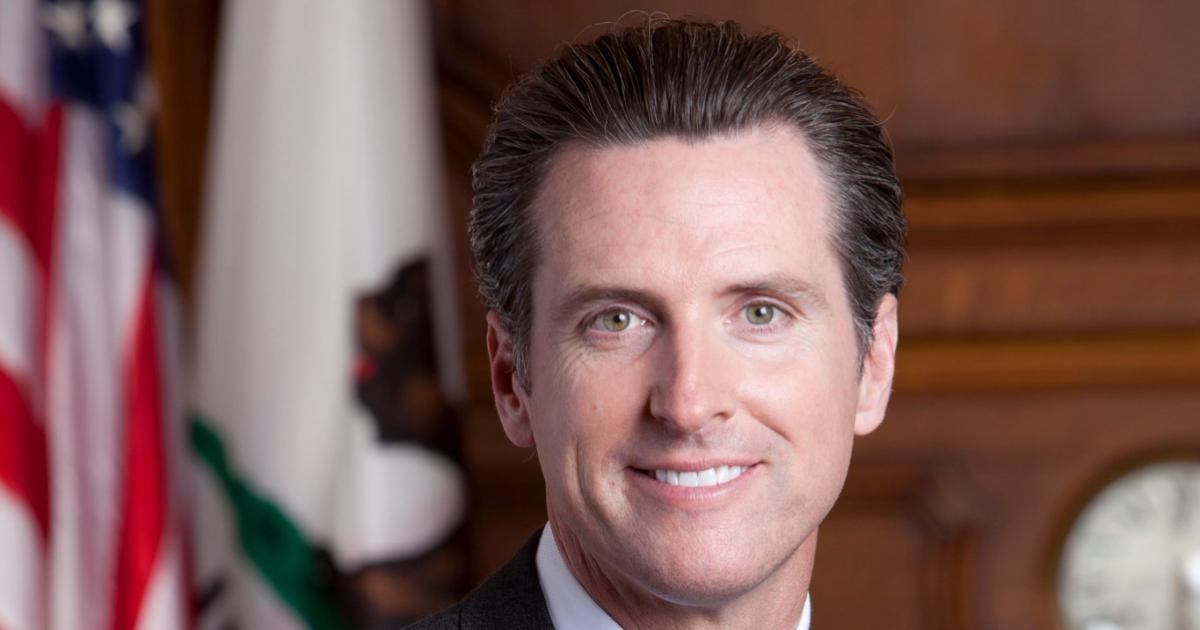Much to everyone’s surprise, California lifted its latest COVID stay-at-home order, permitting previously shuttered restaurants, barber shops, salons, and many other businesses to reopen. This move caught virtually everyone off guard, because California governor Gavin Newsom, who promised to be the model of transparency, is unilaterally making pandemic policy for the world’s fifth largest economy while keeping nearly all other 40 million Californians in the dark. Both Democratic and Republican legislators have expressed concern, including Republican leader Senator Shannon Grove, who stated:
“Without the full release of data, it has been difficult not to speculate that the governor has been using the livelihoods of 40 million Californians as political pawns. Californians deserve full transparency, especially when their life, livelihood, children’s education, and mental health are being directly affected.”
State officials claim that the process being used to determine shutdown orders is too complex to understand, and that providing this information would confuse and mislead the public. Really? Are Californians just simpletons who can’t process information with potentially life-and-death consequences?
The confusion problem doesn’t lie with Californians. Confusion emanates from Sacramento, with an ongoing stream of start-stop shutdown orders that have been so poorly communicated that many Californians have given up on trying to follow them. More confusion has been created as the state has moved the goalposts in determining when and where it will implement shutdowns, changing the models it uses to make its decisions, and changing the geographic regions for which decisions apply.
The current model—the one deemed too complex for the public to understand—is based solely on Intensive Care Unit (ICU) capacity and is being applied to five very broad geographic regions, each of which shares the same COVID regulations within that region. One of these regions includes both densely populated Sacramento County, with 381 COVID hospitalizations and just 48 remaining ICU beds, and Plumas County, a sparsely populated county of about 19,000 people near the Sierra Nevada mountains, with just one current COVID hospitalization, and which never had more than four hospitalizations at any one time.
The number of ICU beds in Plumas County? Zero. The county has plenty of hospital beds available, with just the one COVID patient, but Plumas County hospitals have no officially recognized ICUs. And despite the absence of high-tech ICUs, the COVID death rate in Plumas county is lower than the statewide death rate. But given that COVID policy depends solely on ICU capacity, poor Plumas County might forever be in lockdown purgatory.
For nearly a year, Newsom has appealed to the state’s Emergency Services Act (CESA), which grants the governor widespread power to respond to a state of emergency. He has used this power to issue fifty-plus executive orders, including the shut-down orders that the state has experienced since last March. CESA also gives the governor power to spend money “from any fund legally available” in response to an emergency. It further authorizes the governor to commandeer any private property or personnel deemed necessary, with the state providing a “reasonable” reimbursement.
But CESA doesn’t grant the governor unlimited powers, prompting a lawsuit from Sutter County last November, which took issue with Newsom’s executive order directing counties to substantially expand the number of locations where voters could cast ballots.
The judge found that the executive order was an “an unconstitutional exercise of legislative power” and broadly barred him “from exercising any power under the California Emergency Services Act which amends, alters, or changes existing statutory law or makes new statutory law or legislative policy.”
Like FDR in the 1930s, Newsom is learning that courts hold dear the notion that there are constitutional limits to what a political executive can do. Such as unilaterally rewriting existing law based on his personal preferences. But fortunately for Newsom, and unfortunately for California, Newsom has a much friendlier court system at his disposal than did FDR. The Third Court of Appeals issued an indefinite stay on the Sutter County decision. FDR tried to pack the Supreme Court to allow him to ride roughshod over the Constitution. Newsom doesn’t need to do that. It is already in place.
Despite near-despotic rule, how is Newsom doing in managing the pandemic and California’s economy? Not so well. California is among the 10 worst states for job losses. Between December 2019 and December 2020, California lost eight percent of its jobs, which amounts to nearly 1.5 million workers. While the US unemployment rate is 6.7 percent, California’s is 9 percent, which is higher than all states other than Hawaii (9.3 percent) and Nevada (9.2), both of which have economies that depend enormously on travel and leisure spending.
Meanwhile, unemployed Californians are in some cases having to wait months to receive unemployment benefits after the state employment department’s 30-year-old computer system was hacked, resulting in $8 billion paid in fraudulent claims, ranging from a 120-year-old man to a one-year-old infant.
Restoring economic growth means vaccinating Californians, and here California is also near the bottom among US states. California has administered one vaccine dose to just 5.5 percent of residents, not much above Missouri, which is the worst at 4.7 percent, and well below Alaska at 11.6 percent. Not surprisingly, California is also among the worst in administering the critical second dose, at 1.1 percent, just above Mississippi, which is the worst (0.7 percent).
California is also among the worst in vaccine distribution. It has administered only 50 percent of the vaccine it has received, not much above Alabama, which is the worst at 44.4 percent, and far below North Dakota, which has administered nearly 85 percent of the vaccine it has received.
California’s vaccination program has been hampered by confusion that relates to widely varying appointment procedures and eligibility requirements across counties. Californians have been understandably frustrated by showing up for vaccinations after Newsom publicly stated that all over 65 were eligible to be vaccinated, only to be turned away from several clinics that refused to vaccinate them, stating that they were still vaccinating health care workers. What a mess.
The good news is that the state has recognized that it has made a hash out of perhaps its most important responsibility in decades and is now ceding control of vaccine distribution to Blue Shield and Kaiser, both of which should do a much better job than the state.
COVID should become much less of a threat within a few months as the number of vaccinated rises. But as the pandemic subsides, some Californians worry that Newsom won’t give up his emergency powers. Perhaps he will if he wants to contain the “Recall Gavin” movement, which now has 1.2 million signatures, and which will qualify for the next state ballot should it receive another 280,000 signatures by March. On the other hand, Newsom’s approval rating among likely voters remains high, at 58 percent, which means that he may ignore recall and continue to channel FDR well after COVID can be used to justify the application of the Emergency Services Act.









